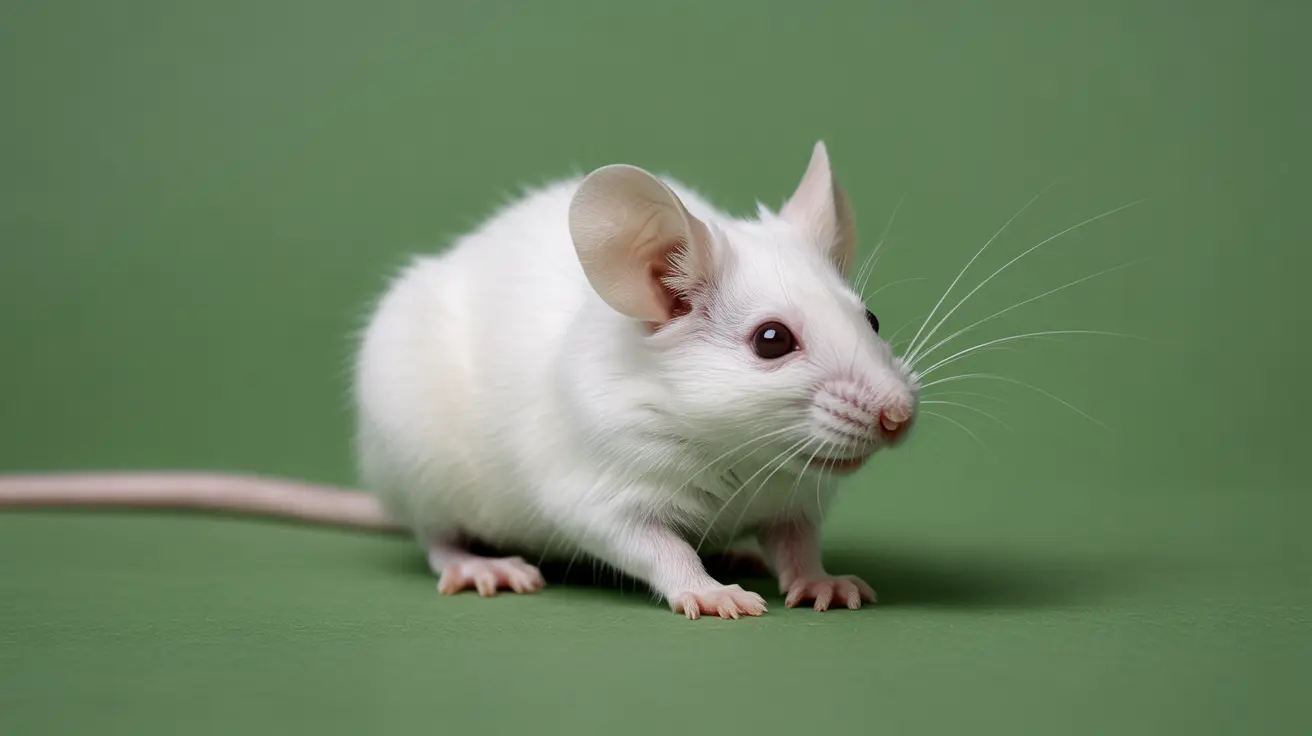Understanding Red Flag Dog Behaviors through Tail Language
Dogs are incredibly expressive animals, especially when it comes to using their tails to communicate emotions and intentions. While many people assume a wagging tail indicates a happy dog, understanding canine tail language is much more nuanced. Certain tail positions and movements can serve as red flags, warning signs that a dog may be fearful, anxious, or even potentially aggressive. Recognizing these red flags can improve interactions and prevent negative encounters.
Key Tail Positions and Their Meanings
- High Tail: A dog holding its tail high or arched over its back is often in a state of alertness or confidence. However, when paired with a stiff posture, raised hackles, and focused eyes, it may indicate dominance or aggression. This is especially a red flag when interacting with unfamiliar dogs or people.
- Horizontal or Neutral Tail: A relaxed, horizontal tail often reflects a calm or curious state. Though not typically a red flag, sudden transitions from this position to a more rigid state can signal the onset of stress or discomfort.
- Low Tail (Not Tucked): A tail held low but not tucked can indicate relaxation or slight uncertainty. Though not necessarily a red flag, it may suggest a lack of confidence depending on the context.
- Tucked Tail: A dog with its tail tightly tucked between its legs is displaying clear signs of fear, anxiety, or submission. This is a classic red flag behavior, especially if the dog is cowering or trying to retreat from a perceived threat.
Decoding Tail Movements
- Broad, Loose Wag: This tail movement often means the dog is friendly and relaxed. When combined with a wiggly body and an open mouth, it is generally a positive signal.
- Fast, High, and Stiff Wag: While a wagging tail can mean excitement, this specific type signals intense arousal which may lead to aggression. When paired with rigid posture and laser-like focus, it becomes a major red flag.
- Low, Slow Wag: This can denote uncertainty or inner conflict. The dog may not know how to respond to an interaction, suggesting caution should be taken.
- Helicopter Wags: Spinning or circular tail motions often indicate high levels of joy, usually in familiar and friendly environments. Not generally a red flag.
- Wagging Direction: Some studies suggest dogs tend to wag more to the right when happy and to the left when unsure or nervous. Though not definitive, it adds context to a dog's emotional state.
Full Body Language Context
Tail signals should always be interpreted with the dog’s overall body language:
- Ears: Forward ears show interest; pinned-back ears can suggest fear or submission.
- Eyes: A soft gaze indicates comfort, while a ‘hard stare’ might accompany aggressive intentions.
- Mouth: A relaxed jaw or open mouth is positive; tight lips suggest tension.
- Hackles: Raised hackles often signify arousal, fear, or aggression.
- Posture: A tense, still body with a forward-leaning stance is a red flag; it may precede an aggressive reaction.
Breed-Specific Tail Considerations
Understanding tail-based red flags also requires awareness of breed-specific tail traits:
- Curled Tails: Breeds such as Huskies, Akitas, and Pugs naturally carry their tails high, making this trait less indicative of emotional arousal.
- Docked/Bobbed Tails: These dogs may not convey tail signals clearly, so other cues like posture or face must be monitored.
- Tail Hair: Dense or lengthy coat can obscure tail positioning and movement.
Interaction Red Flags
When interacting with dogs, watch for these concerning behaviors:
- A stiff, high tail held motionless or barely vibrating — paired with a frozen stance — could signal an imminent negative reaction.
- Sudden tail tuck, especially when accompanied by cowering, is a sign to ease off or change the interaction strategy.
- Rapid changes in tail position or movement often reflect unstable emotional states and should be noted.
Context Is Key
Many red flag behaviors can be misunderstood if viewed in isolation:
- Environment: A new setting may cause even a normally calm dog to display nervous body language.
- Health Factors: Illness or injury may affect tail posture. Always consult a vet if an unusual tail position persists.
- Training and Socialization: A dog unfamiliar with certain situations may show fear-based postures even with good intentions.
- Activity-Based Tail Movement: Sometimes, tail position may change for balance or due to physical exertion, not emotional stress.
Building Better Bonds Through Observation
Learning to interpret your dog’s signals, especially through tail language, can significantly strengthen your bond and mitigate potential risks. Red flag behaviors are not always signs of aggression but often indications that your dog is uncomfortable, uncertain, or needs space. Responding appropriately to these cues builds trust and ensures safer, more enjoyable interactions for both dog and human.





